Suda51’s Artistic Anarchy: Romeo Is A Dead Man Embraces Stylistic Pluralism for Maximum Impact
Popular Now
 Genshin Impact
Genshin Impact
 Gacha Club
Gacha Club
 The Legend of Zelda
The Legend of Zelda
 Poppy Playtime
Poppy Playtime
 Geometry Dash
Geometry Dash
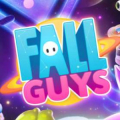 Fall Guys
Fall Guys
 Sonic the Hedgehog™ Classic
Sonic the Hedgehog™ Classic
 R.E.P.O
R.E.P.O
 Toca Boca World
Toca Boca World
 God of War Ragnarök
God of War Ragnarök 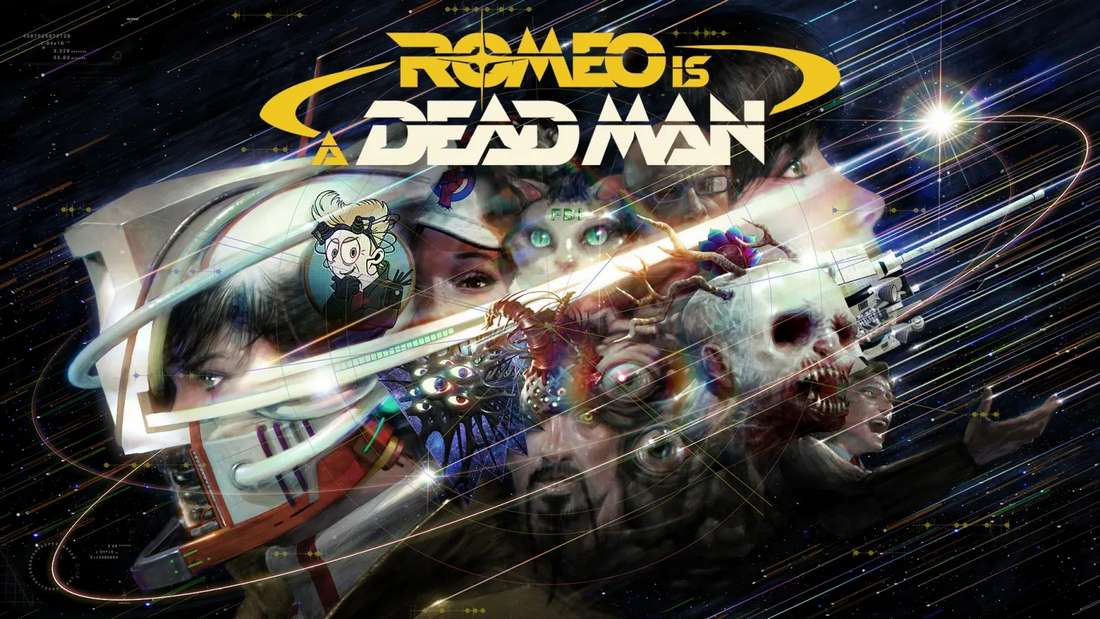 The gaming world is buzzing with anticipation for Grasshopper Manufacture’s upcoming title, Romeo Is A Dead Man (R.I.A.D.M.), slated for a 2026 release on PlayStation 5, Xbox Series X/S, and PC. What has seized the attention of the global gaming community and high-CPC advertisers alike is the game’s startling lack of a singular, cohesive art style. Recent reports and interviews with the legendary creative force, Goichi “Suda51” Suda, reveal a profound and characteristically punk-rock philosophy behind this deliberate aesthetic fragmentation: he wanted the artists to “Do Their Best,” fostering an environment of total creative liberty.
The gaming world is buzzing with anticipation for Grasshopper Manufacture’s upcoming title, Romeo Is A Dead Man (R.I.A.D.M.), slated for a 2026 release on PlayStation 5, Xbox Series X/S, and PC. What has seized the attention of the global gaming community and high-CPC advertisers alike is the game’s startling lack of a singular, cohesive art style. Recent reports and interviews with the legendary creative force, Goichi “Suda51” Suda, reveal a profound and characteristically punk-rock philosophy behind this deliberate aesthetic fragmentation: he wanted the artists to “Do Their Best,” fostering an environment of total creative liberty.
This news confirms that R.I.A.D.M. will not just be a new entry in the action-adventure genre, but a vibrant, constantly shifting kaleidoscope of visual design, a trademark of Suda51’s unique and influential directorial style, previously seen in works like No More Heroes and Killer7. This approach is far removed from the standardized visual pipelines often seen in AAA development, offering a fresh, unpredictable experience for players.
 The Philosophy Behind the Visual Schism: Maximizing Creative Output
The Philosophy Behind the Visual Schism: Maximizing Creative Output
Suda51’s rationale for allowing such a diverse visual palette stems from his belief in the individual talent of his team at Grasshopper Manufacture. Instead of enforcing a rigid style guide, a directive common in video game development, he chose to empower his artists. This hands-off (or rather, hands-open) approach is a testament to the studio’s punk ethos: questioning established norms and prioritizing raw, unconventional creativity over corporate uniformity. The result is a game that promises to be a visual anthology, with each section potentially adopting a radically different aesthetic.
For players, this translates into an experience where they might transition from high-fidelity 3D environments reminiscent of a desolate, foggy junkyard—as mentioned in early previews—to sections utilizing manga-style cutscenes, pixel art segments, or even animation-inspired visuals, all within the main narrative of Romeo Stargazer’s ultra-violent journey through spacetime.
 Stylistic Examples and Gameplay Synergy: A Punk Rock Aesthetic
Stylistic Examples and Gameplay Synergy: A Punk Rock Aesthetic
Early glimpses and developer discussions highlight several distinct styles confirmed for integration:
- High-Fidelity 3D Combat Zones: These sections focus on the “Bloody Action” combat, featuring fluid, visceral, fast-paced action with a large arsenal of weaponry. The visual style here serves to emphasize the hyper-stimulating violence and chaotic energy.
- Manga-Inspired Narratives: Used for key story beats and exposition, these segments tap into the visual language of Japanese comics, adding a layer of dramatic, stylized storytelling. This is a deliberate nod to the medium’s influence on the game’s emotional and narrative structure.
- Pixel Art Transitions/Minigames: The inclusion of low-resolution art forms—a significant trend in indie game design and a nostalgic element for many—is expected to provide unique tonal shifts or act as distinct playable experiences within the larger framework.
- Pop-Culture Referencing Designs: Suda51’s work frequently incorporates overt references to music (like The Smiths, which has been cited as an inspiration) and pro wrestling. These influences are likely to manifest in the design of characters, enemies, and environments, further diversifying the visual landscape.
This collage of aesthetics is not arbitrary; it reinforces the game’s core themes of spacetime travel and the clash of disparate realities. The stylistic shifts mirror the temporal and dimensional jumps of the protagonist, making the visual chaos an integral part of the narrative and world-building.
Director Philosophy and Industry Implications: A Trust-Based Development Model
In a recent interview (Source: Game Informer), Suda51 articulated his philosophy simply: he wants the entire development process to be fun, and he trusts his team. This is a stark contrast to the often-hierarchical and creatively restrictive models prevalent in larger Western studios. By giving his artists the freedom to “do their best” in their own vision, Suda51 leverages the collective genius of Grasshopper Manufacture.
The extended development time for Romeo Is A Dead Man (the longest in the studio’s history, due out in 2026) is suggested not to be a sign of trouble, but a reflection of the complexity and depth required to integrate these numerous creative visions into a balanced, coherent gaming experience. The challenge is ensuring that this visual freedom does not compromise the game balance or core combat design, which is crucial for player retention and positive game reviews.
The buzz surrounding R.I.A.D.M. underscores a burgeoning trend where digital entertainment consumers value unique, author-driven content over graphical uniformity. This game is shaping up to be a case study in how directorial trust and creative anarchy can produce a title that is both bizarrely fragmented and profoundly cohesive—a true high-value gaming asset and a testament to the power of artistic freedom in modern game design.
Conclusion: The Business of Bold Design – A Must-Play for Art and Action Fans
The decision by Suda51 to embrace a multitude of art styles in Romeo Is A Dead Man is more than a creative quirk; it’s a bold marketing strategy and a fundamental tenet of his directorial style. By prioritizing the unique vision of every contributor, Grasshopper Manufacture is poised to deliver one of the most visually diverse and conceptually daring games of the coming year. For players seeking a high-octane Bloody Action game that consistently subverts visual expectations and offers a high return on investment in terms of novelty and engagement, R.I.A.D.M. promises to be an essential purchase. Its success could herald a shift towards more trust-based and artistically liberated development cycles across the global video game industry.






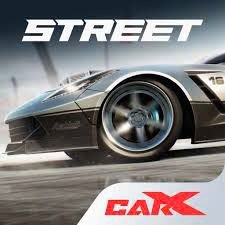

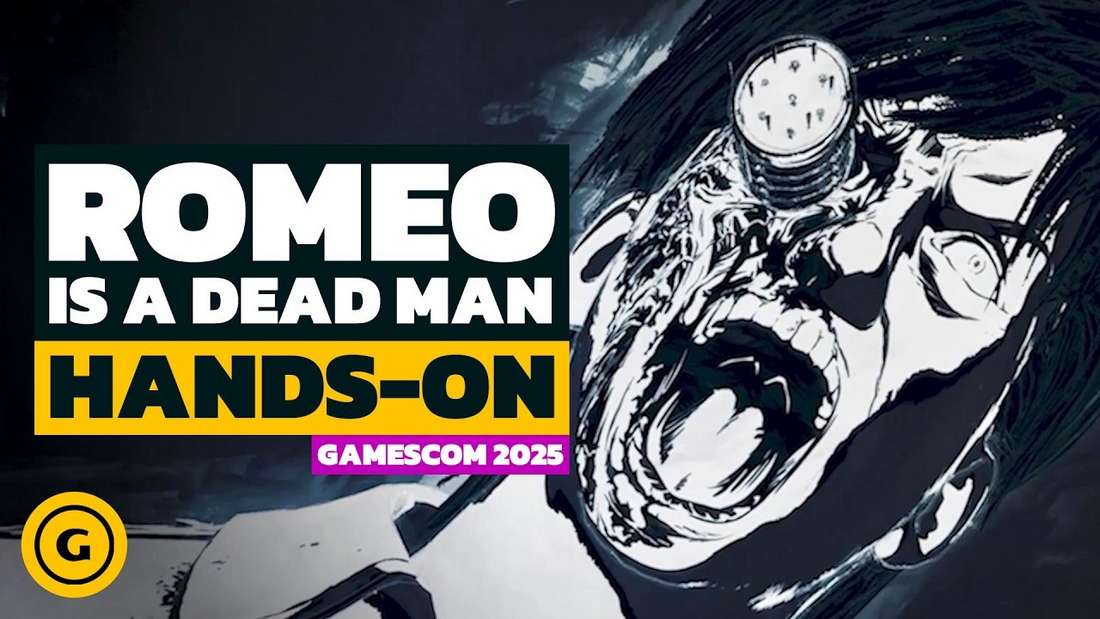 The Philosophy Behind the Visual Schism: Maximizing Creative Output
The Philosophy Behind the Visual Schism: Maximizing Creative Output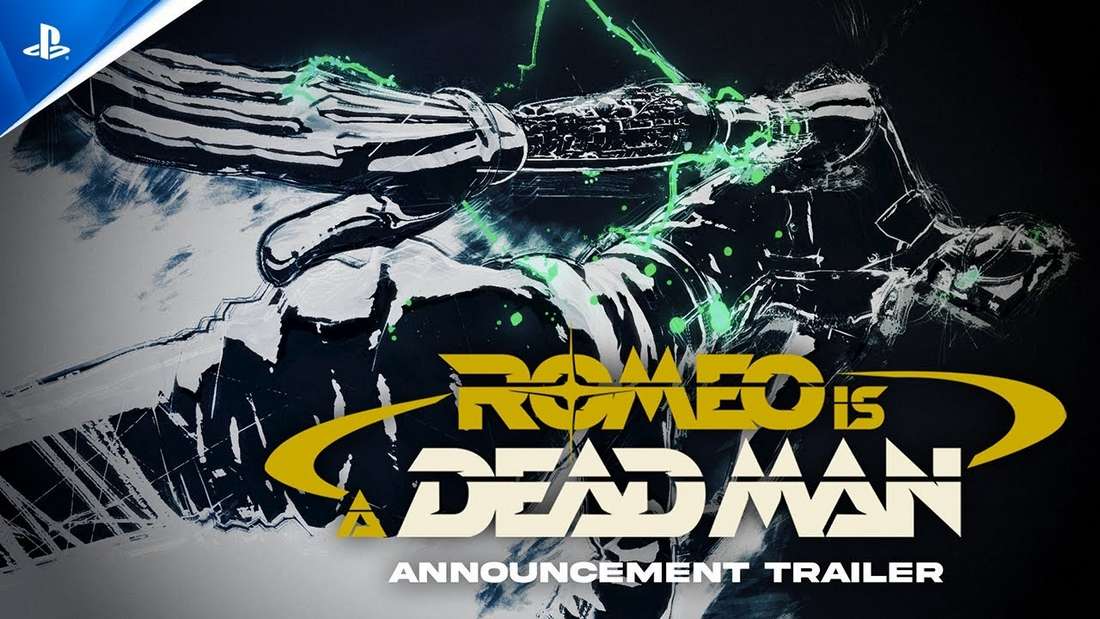 Stylistic Examples and Gameplay Synergy: A Punk Rock Aesthetic
Stylistic Examples and Gameplay Synergy: A Punk Rock Aesthetic